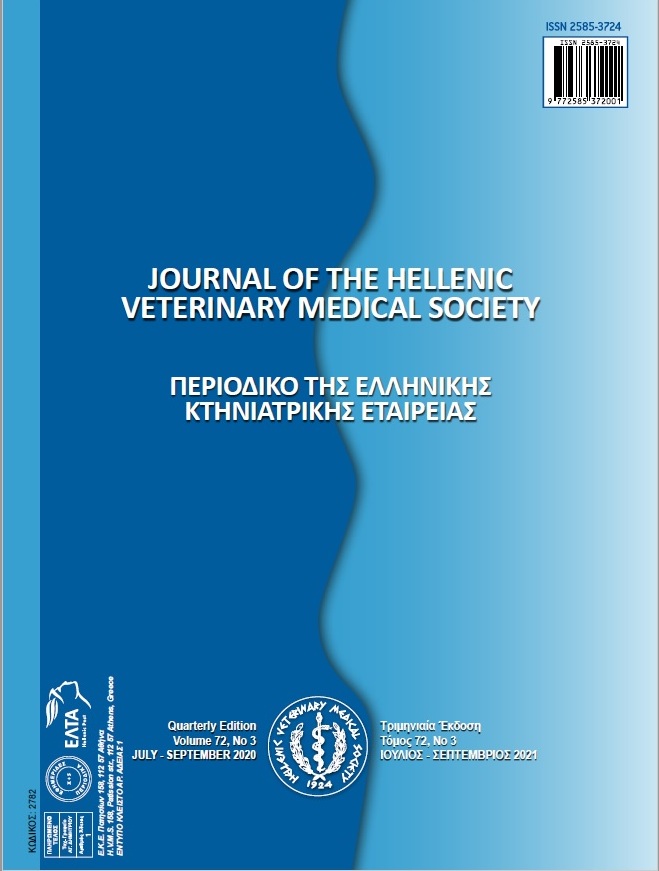Investigation of Some Heavy Metal Resistance Genes in E.coli Isolated from Shrimp and Mussels Heavy Metal Resistance in E.coli

Abstract
One of the biggest problems in the modern world is environmental pollution. All organisms are affected by the resulting pollution, albeit at different levels. One of the most important causes of pollution is the stable and non-perishable compounds formed due to heavy metals used in a wide range of environments. Heavy metal pollution, especially in the seas, causes cumulative accumulations in aquatic life, food and other products obtained from aquatic life, in living things that consume these products, and related diseases. The most critical sign of heavy metal pollution in water is the resistance formed against heavy metals in bacteria living in these waters. To determine the resistance to heavy metals in bacteria, the presence of resistance to Copper, Mercury and Manganese heavy metals in E. coli isolated from 18 mussels and 16 shrimps was genotypically investigated. For this purpose, the presence of pcoR genes for the determination of copper resistance, merA for the determination of mercury resistance, and mntR for the determination of manganese resistance was investigated in both plasmid and genomic DNA. As a result of the study, resistance genes were detected against heavy metals in 31 (91.17%) of 34 E. coli isolates examined. The presence of the pcoR gene (copper resistance) was found in 2 isolates (5.88%), the merA gene (mercury resistance) in only one isolate (2.94%) and the mntR gene (manganese resistance) in 8 isolates (23.52%). While pcoR and merA genes were not observed together in any isolates, pcoR and mntR genes were detected together in the genetic material of 10 isolates (29.41%). In comparison, mntR and merA genes were detected together in the genetic material of 7 isolates (20.58%). In 3 samples, all of the resistance genes against heavy metals were detected (8.82%).
Article Details
- How to Cite
-
Celik, B., Sipahi, N., Kekec, I., & Halac, B. (2023). Investigation of Some Heavy Metal Resistance Genes in E.coli Isolated from Shrimp and Mussels : Heavy Metal Resistance in E.coli . Journal of the Hellenic Veterinary Medical Society, 74(2), 5637–5644. https://doi.org/10.12681/jhvms.29632 (Original work published July 4, 2023)
- Issue
- Vol. 74 No. 2 (2023)
- Section
- Research Articles

This work is licensed under a Creative Commons Attribution-NonCommercial 4.0 International License.
Authors who publish with this journal agree to the following terms:
· Authors retain copyright and grant the journal right of first publication with the work simultaneously licensed under a Creative Commons Attribution Non-Commercial License that allows others to share the work with an acknowledgement of the work's authorship and initial publication in this journal.
· Authors are able to enter into separate, additional contractual arrangements for the non-exclusive distribution of the journal's published version of the work (e.g. post it to an institutional repository or publish it in a book), with an acknowledgement of its initial publication in this journal.
· Authors are permitted and encouraged to post their work online (preferably in institutional repositories or on their website) prior to and during the submission process, as it can lead to productive exchanges, as well as earlier and greater citation of published work.




